Delamination Buckling of Composite Materials
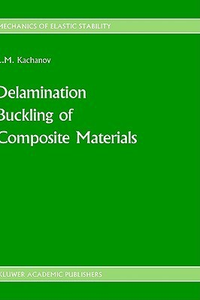
Summary
LIOn Delamination of Laminated Composites (a) Fiber-Reinforced Composites Considerable technological advances in the production of high-strength fibers (graphite, boron, etc.) have led to a wide use of light high-strength composite materials (graphite epoxy, boron-epoxy, etc.). It is expedient, to make thin walled composite rods, plates, and shells from such materials. Plates can be made by bonding a set of unidirectional thin fiber layers, Fig.l.l. Such plates are orthotropic, as a rule. A random short-fiber composite is shown in Fig. 1.2. Fiber-reinforced composites are widely used in thin-walled aircraft structures because of their specific high strength. For example, the graphite-epoxy composite is characterized by a unidirectional tensile strength of 1.4 GPa while the density is 1.6 Mg/rrt? . For comparison, we may take a steel (steel 4340) whose corresponding properties are identified by values like 1.2 GPa and 7.8 Mg/rrt? . 1. INTRODUCTION Figure 1.1 2 1.1. On Delamination of Laminated Composites Figure 1.2 3 1. INTRODUCTION It is characteristic for laminated plastic material to possess a fairly low bonding. Therefore, low-velocity impacts and defects in manufacturing lead to local delamination. (b) Linear Problems of Delamination Buckling Delamination can significantly reduce the compressive strength and stiffness of the laminate. Local delamination can be considered as a crack in the bond. Under buckling there appears a high interlaminate stress at the crack edge that leads to a spreading of the crack. Delamination growth can lead to structural instability.
Similar Books
-
 Electrochemical Impedance Spectroscopy
Electrochemical Impedance Spectroscopyby Mark E. Orazem
-
 Photonic Crystals: Towards Nanoscale Photonic Devices
Photonic Crystals: Towards Nanoscale Photonic Devicesby Jean-Michel Louritioz (Universite Paris Sud); Henr
-
 Crustal Heat Flow: A Guide to Measurement and Modelling
Crustal Heat Flow: A Guide to Measurement and Modellingby G.R. Beardsmore
-
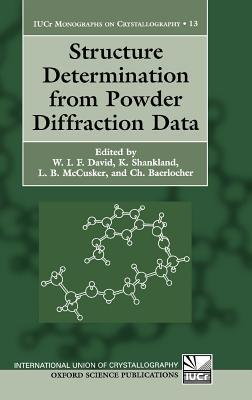 Structure Determination from Powder Diffraction Data
Structure Determination from Powder Diffraction Databy W.I.F. David
-
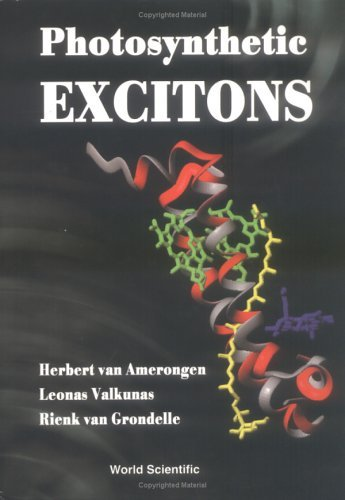 PHOTOSYNTHETIC EXCITONS
PHOTOSYNTHETIC EXCITONSby Herbert Van Amerongen
-
 The Electronic Structures of Solids
The Electronic Structures of Solidsby B.R. Coles
-

-
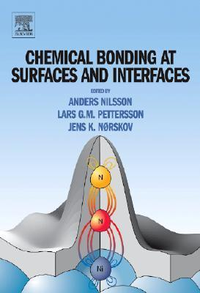 Chemical Bonding at Surfaces and Interfaces
Chemical Bonding at Surfaces and Interfacesby Anders Nilsson
-

-
 Advances in Chemical Reaction Dynamics
Advances in Chemical Reaction Dynamicsby Peter M. Rentzepis
-
 The Structure and Properties of Water
The Structure and Properties of Waterby David S. Eisenberg
-
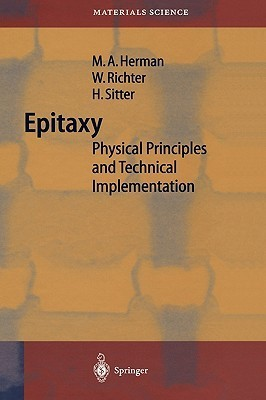 Epitaxy: Physical Foundation and Technical Implementation
Epitaxy: Physical Foundation and Technical Implementationby Marian A. Herman
-
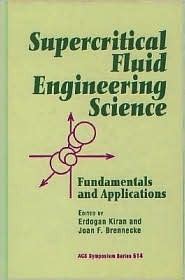
-
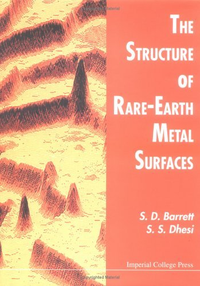 The Structure of Rare Earth Metal Surfaces
The Structure of Rare Earth Metal Surfacesby S ean D. Barrett
-
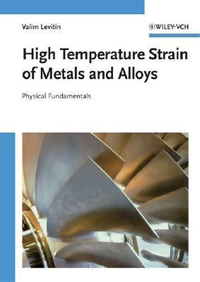 High Temperature Strain of Metals and Alloys: Physical Fundamentals
High Temperature Strain of Metals and Alloys: Physical Fundamentalsby Valim Levitin
-

-
 Cyclic Organonitrogen Stereodynamics
Cyclic Organonitrogen Stereodynamicsby Joseph B. Lambert
-
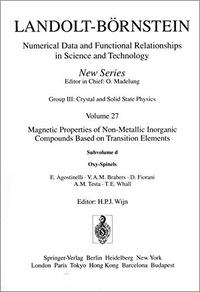 Oxy-Spinels / Oxy-Spinelle
Oxy-Spinels / Oxy-Spinelleby E. Agostinelli
-
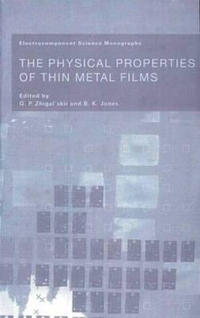 The Physical Properties of Thin Metal Films
The Physical Properties of Thin Metal Filmsby G.P. Zhigal'skii
-
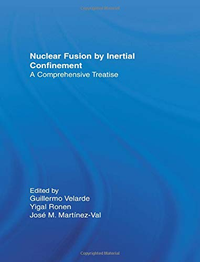 Nuclear Fusion by Inertial Confinement: A Comprehensive Treatise
Nuclear Fusion by Inertial Confinement: A Comprehensive Treatiseby Guillermo Velarde
-
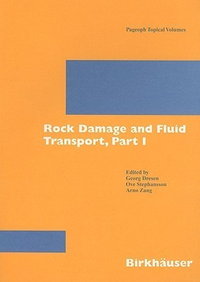 Rock Damage and Fluid Transport, Part I
Rock Damage and Fluid Transport, Part Iby Georg Dresen
-
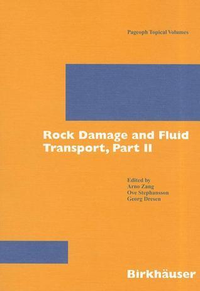 Rock Damage and Fluid Transport, Part II
Rock Damage and Fluid Transport, Part IIby Arno Zang
-
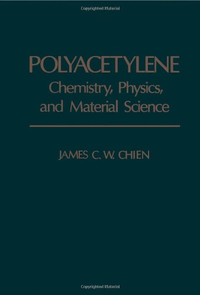 Polyacetylene: Chemistry, Physics, and Material Science
Polyacetylene: Chemistry, Physics, and Material Scienceby James C.W. Chien
-
 Solvent Effects and Chemical Reactivity
Solvent Effects and Chemical Reactivityby Orlando Ed. Tapia
-
 Characterization in Semiconductor Compound Processing
Characterization in Semiconductor Compound Processingby Yale Strausser
-
 Heavy Ion Reactions
Heavy Ion Reactionsby Ricardo A. Broglia
-
 Smithells Metals Reference Book
Smithells Metals Reference Bookby Colin J. Smithells
-

-
 Structure and Dynamics of Surfaces I
Structure and Dynamics of Surfaces Iby W. Schommers
-
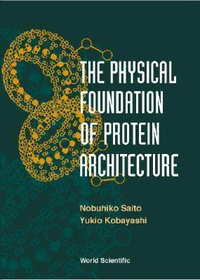 The Physical Foundation of Protein Architecture
The Physical Foundation of Protein Architectureby Nobuhiko Saito